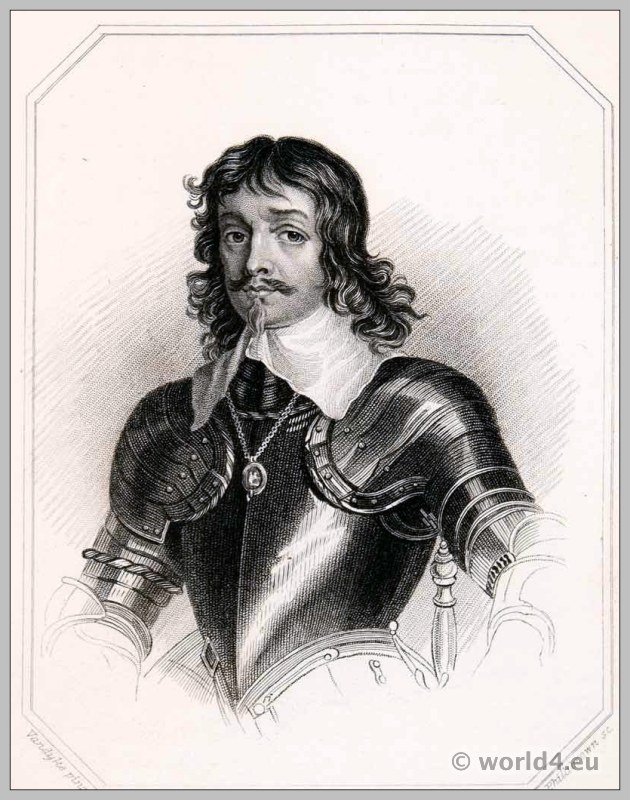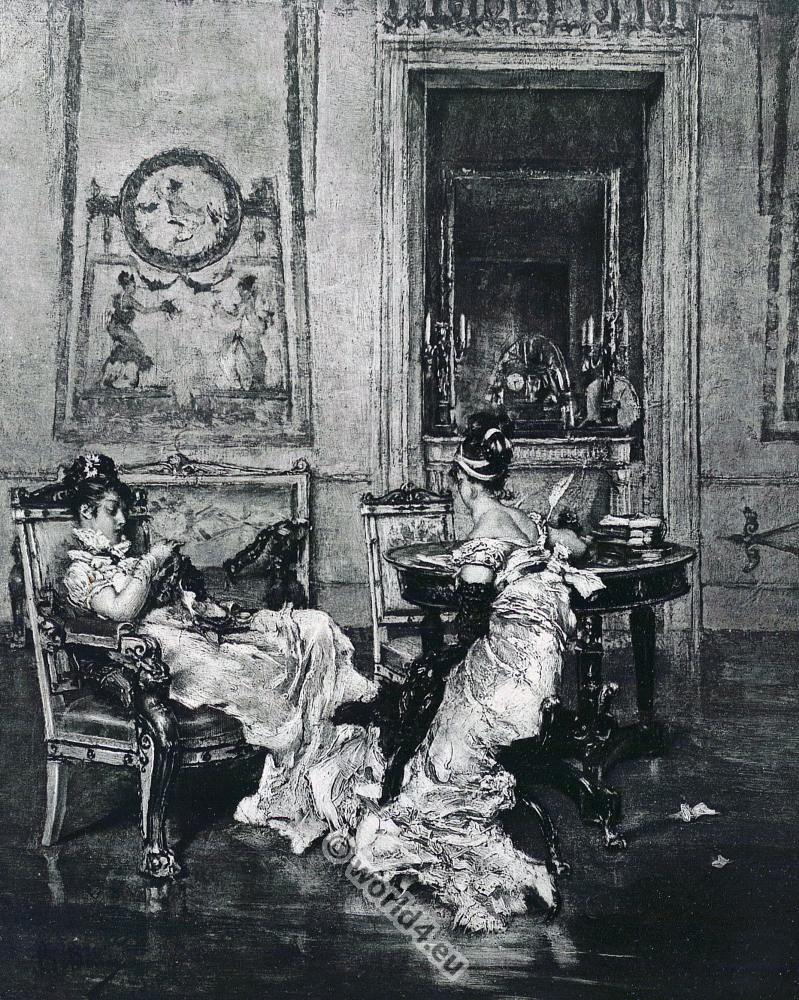Emma, Lady Hamilton (1765-1815) was a celebrated beauty, artist and socialite around 1800. She came from the simplest of backgrounds and managed to climb the social ladder into the most distinguished circles.
Before her marriage, she preferred to change her name to Emma Hart and was, among other things, the mistress and, from 6 September 1791, the wife of the British ambassador in Naples (she became Lady by her marriage to Sir William Hamilton and held the rank of British Ambassador’s wife) and, between 1798 and 1805, the mistress of the British admiral Horatio Nelson in a triangular relationship that was unheard of and widely scandalised at the time. She was also the model and muse of the painter George Romney.
Due to her beauty and love affairs, she was a Europe-wide celebrity at the end of the 18th and beginning of the 19th century. With the attitudes – representations of antique statues and paintings as living images – she also became known as an artist and was portrayed and imitated many times during her lifetime.
After Nelson’s death, she fell into poverty, fled from the London debtors’ prison to France in 1814 and died seriously ill in Calais early the following year. Her life has been the subject of many novels, portraits and films up to the present day. The tableaux, also known as attitudes, are a distinct art form of enduring significance
“LADY HAMILTON AS A BACCHANTE.”
By Sir Joshua Reynolds, P.R.A,
Emma Hart (or Lyon) was one of the most remarkable of the many famous and beautiful women of the latter half of the eighteenth century. Born of very humble parentage — her father was a blacksmith—in or about 1761, and beginning life as a nursery maid, she attracted the notice of Sir Harry Fetherstone- haugh and the Hon. C. F. Greville,- she married on 6th September, 1791, Sir “William Hamilton the famous Connoisseur and English Ambassador at Naples.
She became the intimate friend of Marie Caroline, Queen of Ferdinand I, and rendered eminent services to the British Fleet during 1796—8, in furnishing information and in procuring supplies: she met Nelson in 1793, and this friendship was maintained up to the time of his death.
By him she had a daughter who was born in 1801 and who lived until 1881. Nelson left a clause in his will suggesting that the country for whom he had fought and died should provide for Lady Hamilton, but the request was ignored, and she died in poverty at Calais 15th January, 1815. Romney painted an extraordinary number of portraits of Lady Hamilton and she sat to nearly every other eminent portrait painter of the day.
This portrait (of which there are many replicas and copies) was painted by Reynolds in 1784 for Sir William Hamilton who paid 50 guineas for it. It was exhibited at the Royal Academy of 1784 as “A Bacchante.” It was bought at Sir William Hamilton’s sale in 1801 for 125 guineas by Mr. Chamberlayne, and remained in his family until quite recently. Lord Launderdale’s version of this picture was engraved by R. Smith in 1784, and examples of this, originally published at about 15/ now realize several hundred pounds if in fine condition and early state. It has been reproduced more frequently than almost any other picture of Reynolds.
300 Artist’s Proofs in monochrome — at $24 each.
150 Artist’s Proofs printed in colours at $48 „.
No other states. PLATE DESTROYED.
LADY HAMILTON AS ‘CIRCE.’
By George Romney.
For biographical details see Lady Hamilton as A Bacchante by Sir Joshua Reynolds.
This is one of the earliest of Romney’s pictures of Lady Hamilton in fancy character. It is a whole length (94×58) and remained in Romney’s studio till his death. At his sale 27th April, 1807, it was lot 100 and was knocked down to an unknown purchaser at 14½ guineas. The new owner was Romney’s friend, William Long, the eminent surgeon, a younger son of Walter Long of Preshaw. It remained in the Long family until 28th June, 1890, when a number of pictures, including many Romneys were sold at Christie’s,- this portrait was bought for 3850 guineas by the Hon. Herbert C. Gibbs, who lent it to the Guildhall Exhibition in 1892, and to the Romney Exhibition, Grafton Gallery in the Spring of 1900.
Hayley in his “Life” of the artist refers to “the very powerful impression made by this picture on a party who surveyed it,” Gilpin was to have painted the brutes which the enchantress had metamorphosed, but did not.
There are no old engravings of this wonderful picture, but two by modern engravers have been published. The picture, more especially the upper portion, is well-known from the very numerous reproductions which have been done of it through photographic processes.
300 Artist’s Proofs printed in colours at $30 each.
No other state. PLATE DESTROYED.
“LADY HAMILTON AS NATURE.”
By George Romney.
This is the first and one of the most beautiful of the many portraits painted of Lady Hamilton by Romney. It is 29 x 24 inches, and was painted in 1782 for C. F. Greville under whose protection Emma Hart (or Lyon) was then living. It was bought at Sir William Hamilton’s sale by Mr. Lister Parker, who sold it afterwards for 50 guineas in 1816 or 1818 to Mr, Fawkes of Farnfey, whose descendant still has, or had, the receipt.
It was exhibited at the British Institution in 1864, at the Old Masters in 1886 and at the Grafton Gallery in 1900,- after the last exhibition it was sold by Mr, Fawkes, and found its way into the collection of M. Cronier the Paris sugar-refiner, and from thence into that of Mr, H. C, Frick, of New York, who owns three other fine Romneys, including the beautiful group of the Countess of Warwick and Children.
It was engraved by J. R. Smith in May 1784 and published with the following lines:
“Flush’d by the spirit of the genial year
Her lips blush deeper sweets, the breath of Youth,
The shining moisture swells into her eyes
In brighter glow, her wishing bosom heaves
With palpitations wild.”
Another beautiful mezzotint was done by Henry Meyer. A fine open letter proof from this plate realized 470 guineas in 1899.
300 Artist’s Proofs at $24 each.
150 Artist’s Proofs printed in colours published at S24 each.
ALL SOLD. No other states. PLATE DESTROYED.
Source: Engravings in mezzotint by Sydney Ernest Wilson. London, Vicars brothers 1912.











